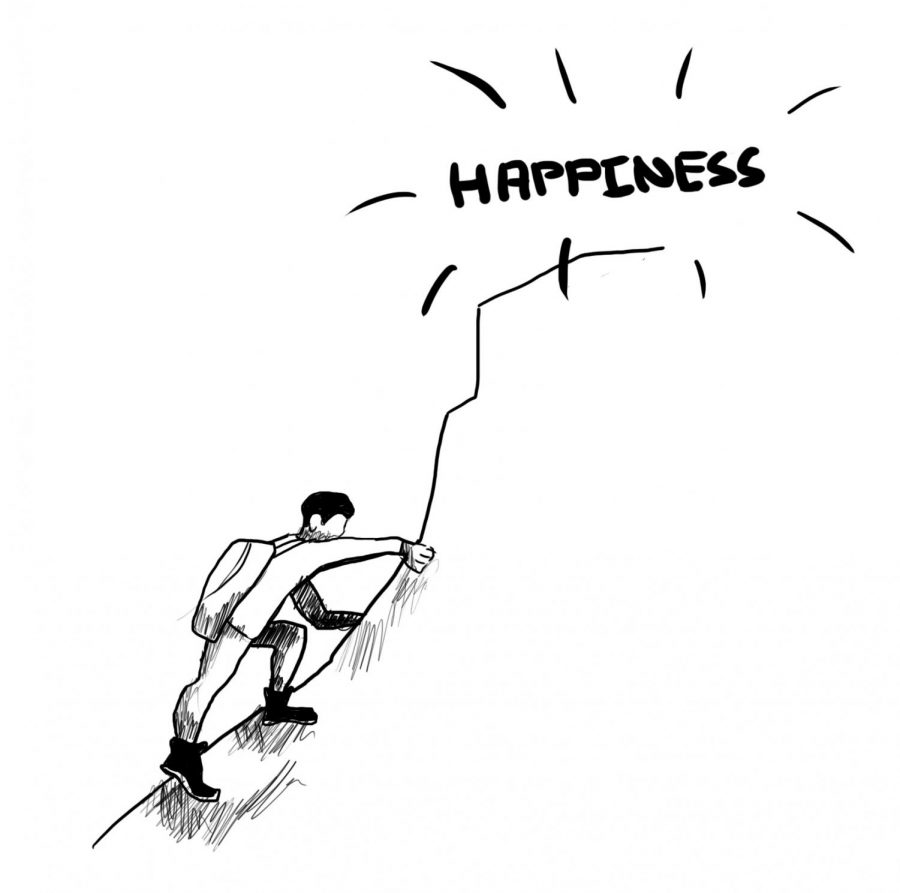
Imagine you have 12 hours to finish the biggest paper of your life. Now imagine that paper, along with the rest of your files, gone in a heartbeat.
Hard drives fail at the worst possible times, especially for students. If you have the one paper your grade is riding on saved to a single hard drive that fails, you’re up a creek without a paddle. The solution is to back up your data, which is simple given the right preparations.
The key to any backup system is to protect your precious data from various possible threats. The first problem worth tackling is the failure of the hard drive inside your computer. If that fails, all your data is gone. To prevent a complete loss, it’s best to use an external hard drive to store your files. Most external hard drives connect to your computer through a USB port, and are fairly cheap and easy to come by. A 250 GB external drive goes for around 35-50 dollars. Some of them require special software, but the most basic ones work as soon as you plug them in.
Once you have a hard drive, you can take a couple of approaches to back up your data. First, it’s possible to just copy the files you want to save manually. If you keep everything in one folder and have a fantastic memory (or follow to-do lists religiously), this might work for you. Otherwise, I recommend getting some software to do the heavy lifting for you. On a Mac, that capability comes built in with Time Machine. By default, if you plug a new disk in, your computer will ask if you want to set it up to be used with Time Machine. Windows doesn’t have a program comparable to Time Machine, but Cobian is a good free backup utility.
Of course, hard drive failure isn’t the only thing you have to worry about. If your computer equipment (external hard drive included) is rendered useless by something outside your control like a flood or fire, you’ll lose everything.
To prevent that, I recommend storing your data on a server somewhere away from your primary setup. There are several companies already offering inexpensive Internet- or “cloud”-based storage services. The one I like the best is called Dropbox. When you sign up, you get two gigabytes of free storage, which is more than enough room for your important documents. The Dropbox software creates a folder on your hard drive that automatically syncs with your Dropbox account. Of course, if you need more space, it’s possible to purchase additional storage space for a monthly fee. To be clear, Dropbox shouldn’t be used in place of an external hard drive, but rather in addition to one. It’s an extra safety net for your most important stuff.
With the right system, protecting your important files from loss is easy. Backing up files at a critical time means that you can spend less time worrying about where your paper is and more time getting it done.



